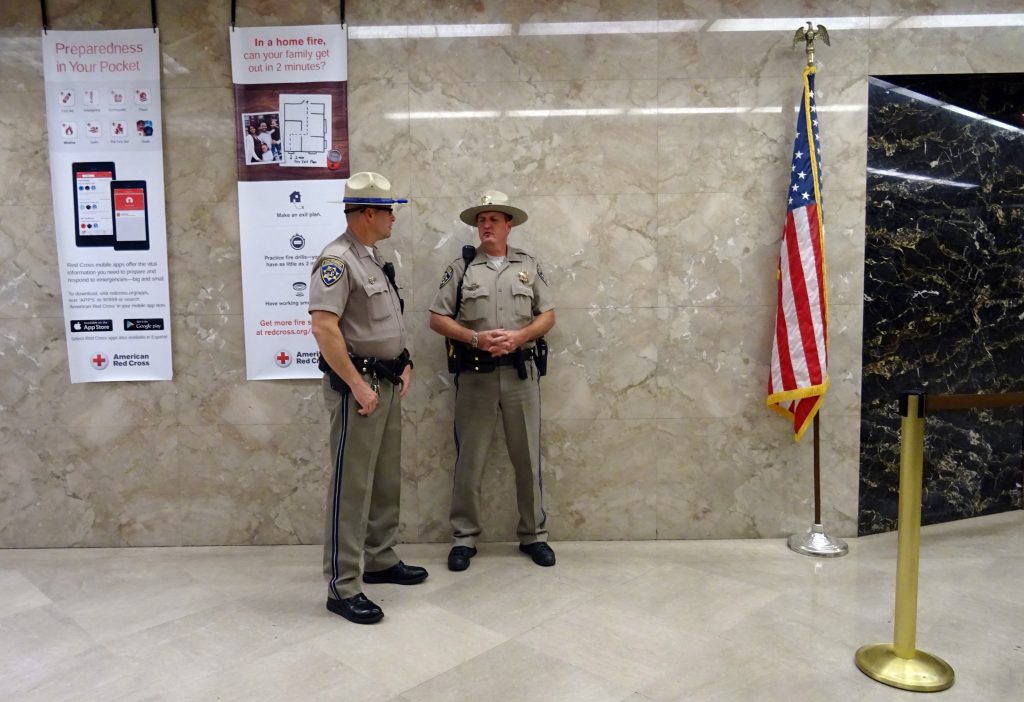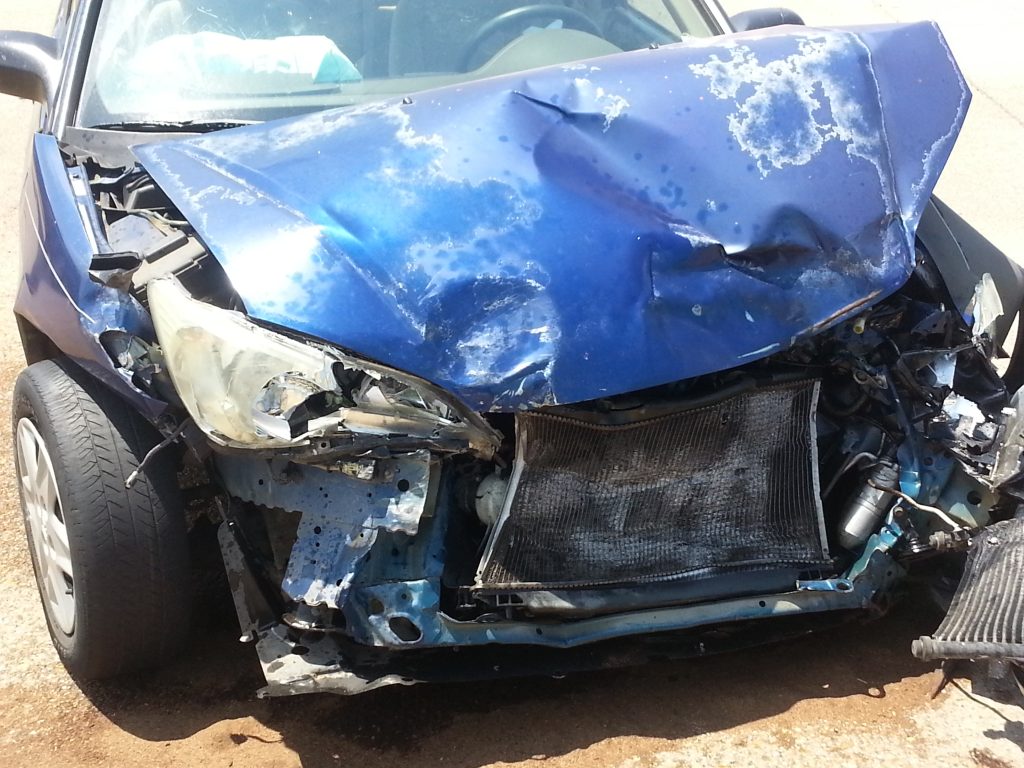 The diverse range of viewpoints expressed at city council meetings often evokes mixed reactions from attendees. While some voices may test our patience, it is crucial to recognize that the First Amendment safeguards individuals’ freedom of speech during such gatherings. A case involving Tom Heaney’s experience at a Jefferson Parish city council meeting in Gretna, Louisiana, sheds light on the constitutional rights protected in these limited public forums. The subsequent legal proceedings provide valuable insights into the requirements for successfully pursuing a First Amendment claim related to alleged silencing in such settings.
The diverse range of viewpoints expressed at city council meetings often evokes mixed reactions from attendees. While some voices may test our patience, it is crucial to recognize that the First Amendment safeguards individuals’ freedom of speech during such gatherings. A case involving Tom Heaney’s experience at a Jefferson Parish city council meeting in Gretna, Louisiana, sheds light on the constitutional rights protected in these limited public forums. The subsequent legal proceedings provide valuable insights into the requirements for successfully pursuing a First Amendment claim related to alleged silencing in such settings.
Tom Heaney registered to speak at a Jefferson Parish city council meeting in Gretna, Louisiana. The city council rules allowed registered individuals to speak for five minutes. After Heaney had spoken for approximately three minutes, the presiding official, Christopher Roberts, interrupted him and asked him if he would yield to the Jefferson Parish attorney. Heaney thought he would get the remaining two minutes back after the attorney spoke because that happened with the prior speaker who yielded. However, after a heated back-and-forth between Heaney and Roberts, Roberts asked for Heaney to be removed.
A police officer, Ronald Black, responded to the request to remove Heaney. Heaney then filed a lawsuit, claiming that Roberts and Black had violated his constitutional rights, including the First Amendment, and that Black had also committed various torts. The defendants filed motions for summary judgment. The trial court denied Roberts’ summary judgment motions concerning the First Amendment claim but granted Black’s motion on the First Amendment claim. Comparing these two outcomes provides insight into the requirements to succeed on a First Amendment claim involving purported silencing in a limited public forum.
 Louisiana Personal Injury Lawyer Blog
Louisiana Personal Injury Lawyer Blog


 In an era where workplace equality and fairness have gained significant prominence, it is crucial to be aware of the robust safeguards provided by federal law.
In an era where workplace equality and fairness have gained significant prominence, it is crucial to be aware of the robust safeguards provided by federal law.  Within the intricate realm of maritime law, determining liability can be challenging, especially when it comes to assessing the responsibility of ship owners for open and obvious risks. Such complexities become particularly evident when adverse weather conditions come into play. In this context, we delve into the case of Robert dePerrodil, an oil field consultant, and his encounter with the M/V Thunderstar.
Within the intricate realm of maritime law, determining liability can be challenging, especially when it comes to assessing the responsibility of ship owners for open and obvious risks. Such complexities become particularly evident when adverse weather conditions come into play. In this context, we delve into the case of Robert dePerrodil, an oil field consultant, and his encounter with the M/V Thunderstar.  An injury can happen in the most unlikely of situations, and although it may seem minor at the moment, it can create lifelong physical ailments. When this unfortunate situation occurs, you deserve to be properly compensated, regardless of any pre-existing conditions you may have. The following lawsuit shows how an excellent attorney can assist you in doing so.
An injury can happen in the most unlikely of situations, and although it may seem minor at the moment, it can create lifelong physical ailments. When this unfortunate situation occurs, you deserve to be properly compensated, regardless of any pre-existing conditions you may have. The following lawsuit shows how an excellent attorney can assist you in doing so.  Business trips can provide opportunities for networking and leisure, but unexpected injuries can turn the experience into a nightmare. One such example is the case of Jonathan Peters, who attended a business convention in New Orleans and stayed at Harrah’s Hotel.
Business trips can provide opportunities for networking and leisure, but unexpected injuries can turn the experience into a nightmare. One such example is the case of Jonathan Peters, who attended a business convention in New Orleans and stayed at Harrah’s Hotel.
 In the aftermath of a tragic situation, such as the death of a child, the last thing you might want to consider are insurance policies and legal requirements. However, it is essential to understand how courts determine whether an individual was covered by a specific insurance policy so that you know who might be liable for your losses. This is especially important when the accident involves a vehicle used both commercially and personally.
In the aftermath of a tragic situation, such as the death of a child, the last thing you might want to consider are insurance policies and legal requirements. However, it is essential to understand how courts determine whether an individual was covered by a specific insurance policy so that you know who might be liable for your losses. This is especially important when the accident involves a vehicle used both commercially and personally.  If an individual suffers from chronic pain or a preexisting injury, it may be challenging to prove additional injury due to a car accident. Proving these additional injuries, however, is crucial for collecting damages or compensation for medical bills following the accident. The following Lafayette Parish case shows how a plaintiff may prove a causal link between the car accident and their injuries.
If an individual suffers from chronic pain or a preexisting injury, it may be challenging to prove additional injury due to a car accident. Proving these additional injuries, however, is crucial for collecting damages or compensation for medical bills following the accident. The following Lafayette Parish case shows how a plaintiff may prove a causal link between the car accident and their injuries.  Exposure to naturally occurring radioactive materials generally increases due to human activity. Proving harm from these activities may be difficult, however. The following Jefferson Parish case demonstrates the need for substantiating your injury claim with evidence. It further shows the weight a court may place on expert witnesses.
Exposure to naturally occurring radioactive materials generally increases due to human activity. Proving harm from these activities may be difficult, however. The following Jefferson Parish case demonstrates the need for substantiating your injury claim with evidence. It further shows the weight a court may place on expert witnesses. 